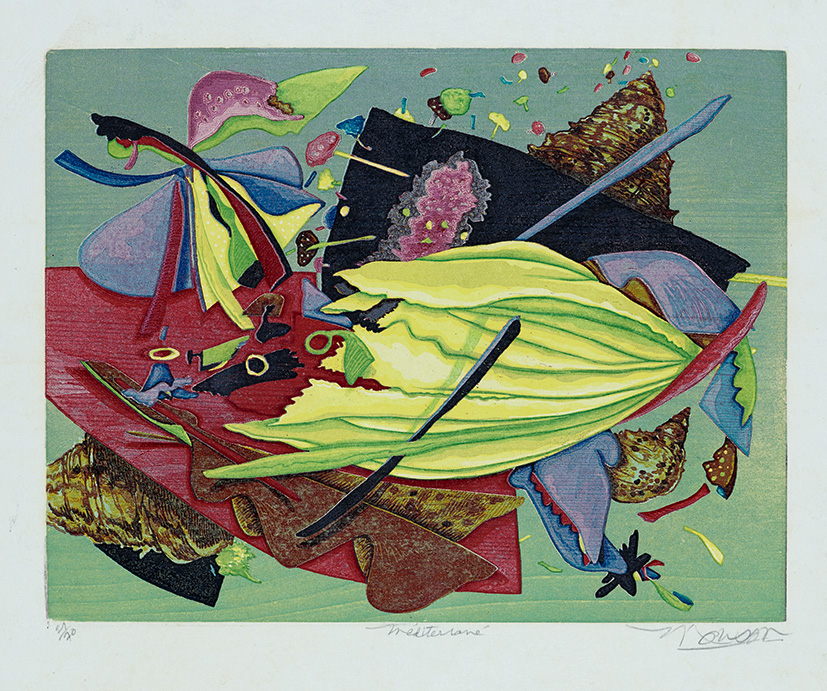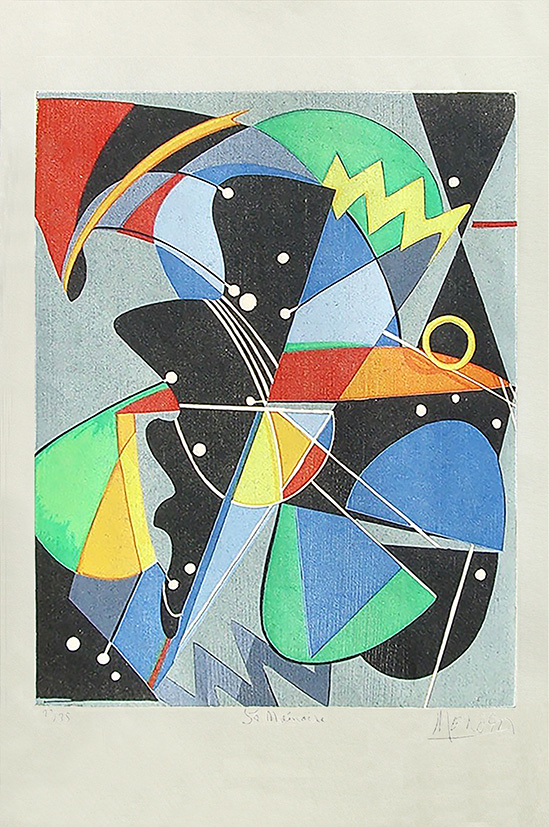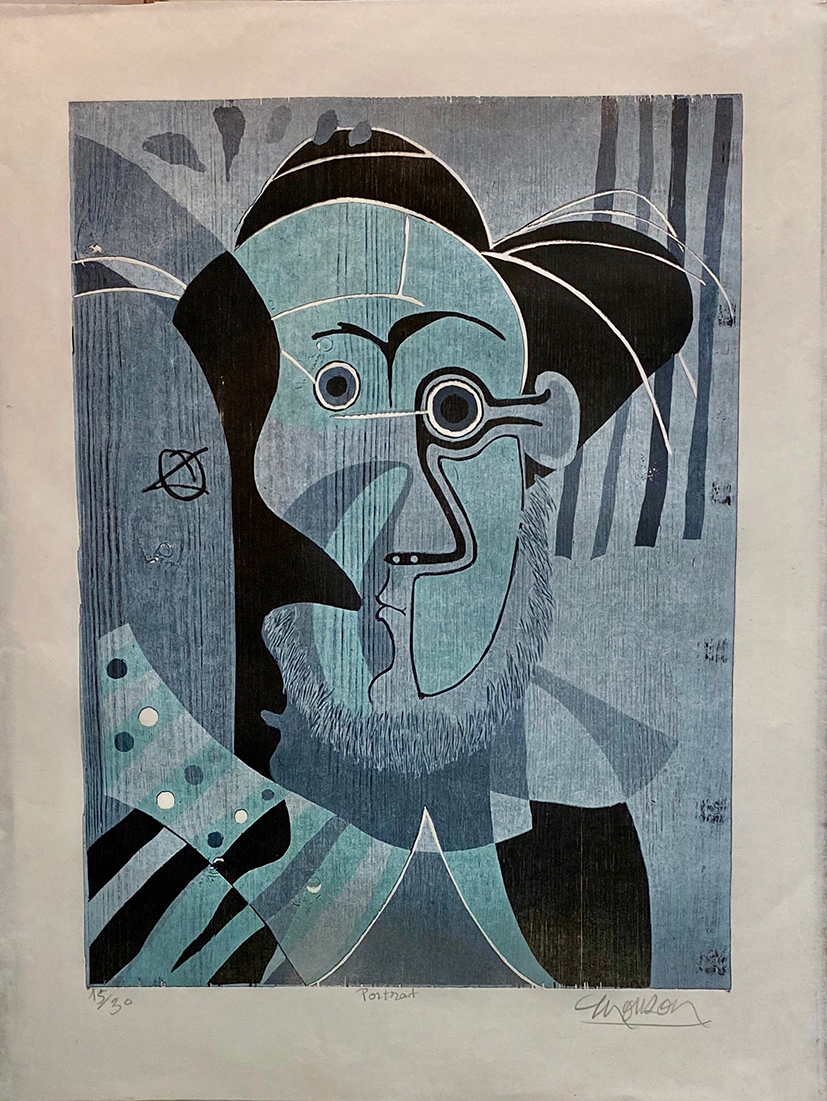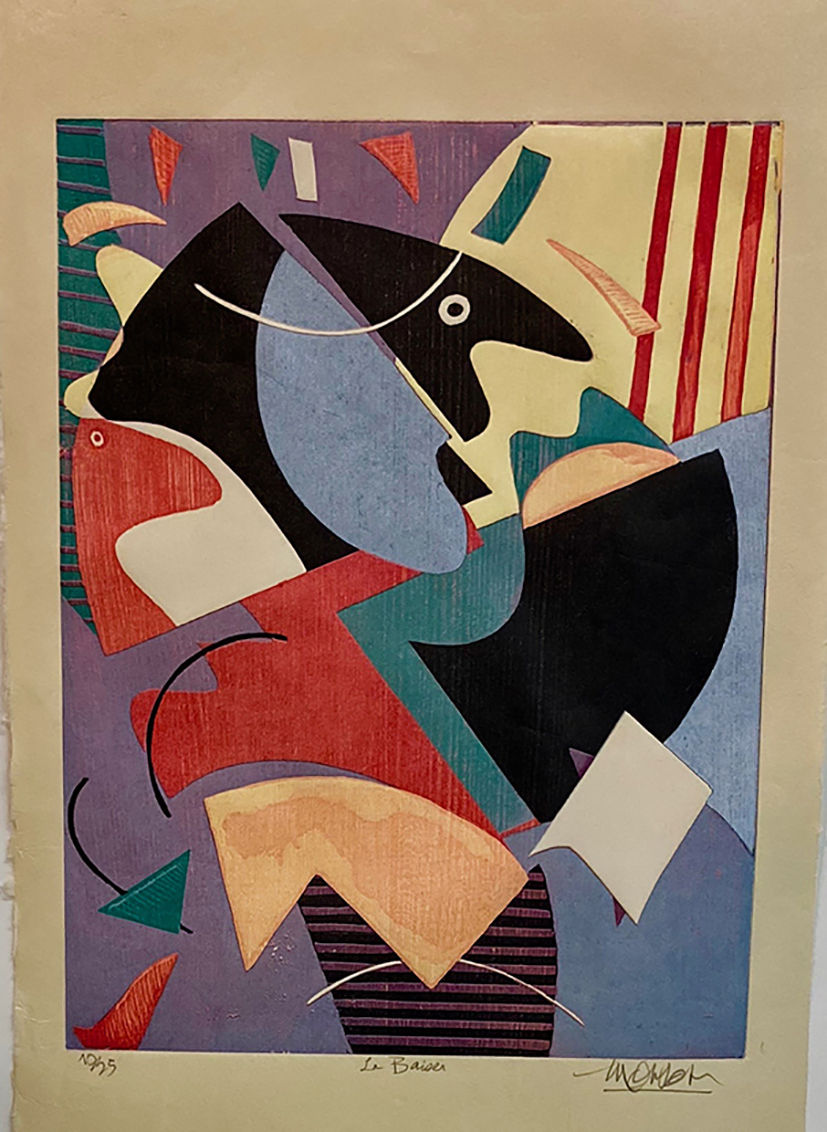This section currently features 178 prints for sale, prints of which at least one impression is to date still available.
These prints are divided into different sections: the school Period, etchings, engravings, lithographs and woodcuts.
Each print is described not only by the information in the catalog raisonné, but has a chronological numbering and a price.
Feel free to contact me (contact page) if you want me to give you additional information for a particular print, or if you simply want to purchase it.
Note 1: Several prints, inserted into the chronological order, carry the number of the previous print follow-up of letters a or b.
Note 2: This section will be updated in real time. You will also discover my new prints (Last updated: 10.07.2016). We have chosen to present the prints in groups of fifteen; simply click on the arrows to the left or right of the group presented on the screen to advance or return to the next or previous group. Clicking on any of the small images will bring up the image of the print in a larger format with a complete description of the work. You can, at this stage, click again on the image to show it in full screen.
Woodcuts
« My later etchings did not seem totally satisfying. I began to use the technique of linocut and woodcut in the early 80s; I was at this time assistant professor at the College of the Holy Cross in Worcester (Massachusetts, USA). Gradually, the woodcut became my almost exclusive passion. Without a doubt, this long creative process fit better to my temperament and my. . soul! »
This section has to date 82 woodcuts, made over a period of over 35 years between 1979 (No. 69 of C.R.) and 2016 (No. 155 of C.R.).
The technique of woodcut has been used in the West continuously since the fifteenth century. The woodcut is part of the printing techniques known as working in relief. The artist transfers a preparatory drawing onto the wood. If he chooses to digs around the composition with a knife, chisel or gouge, these removed areas will not print and remains the white of the paper. A pass with an inked roller touches only the raised surface of the wood. Once a shape or area has been printed in its desired color, it is cut away so that it will no longer print and the next intensity or color is treated. Cutting with the wood grain or fiber is advisable and produces a most expressive quality. After all areas of the composition have been printed, the majority of the wood surface has been removed and can no longer be printed, making it impossible to make more impressions.










































































































